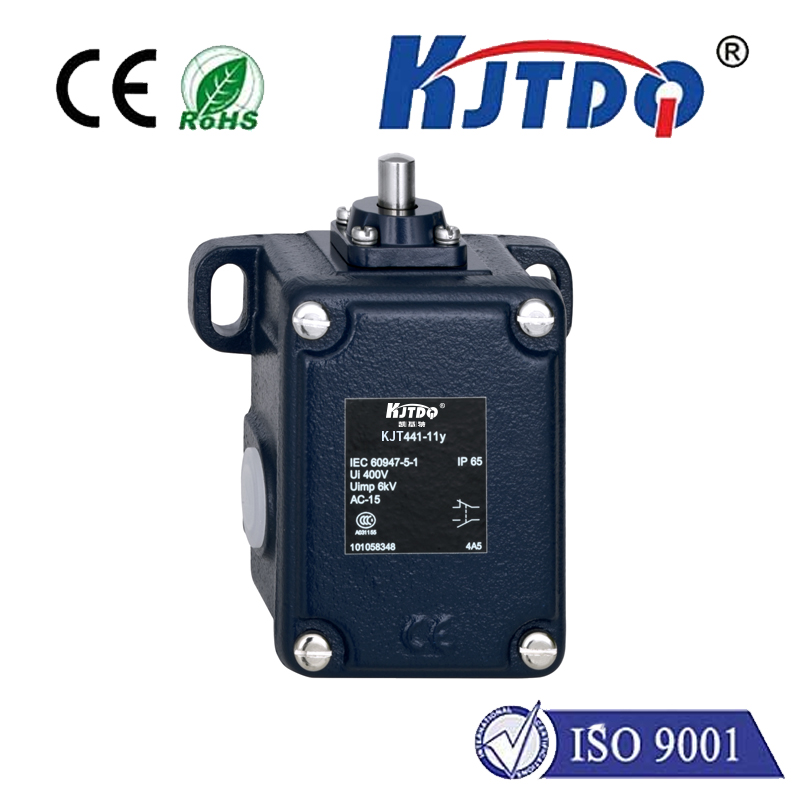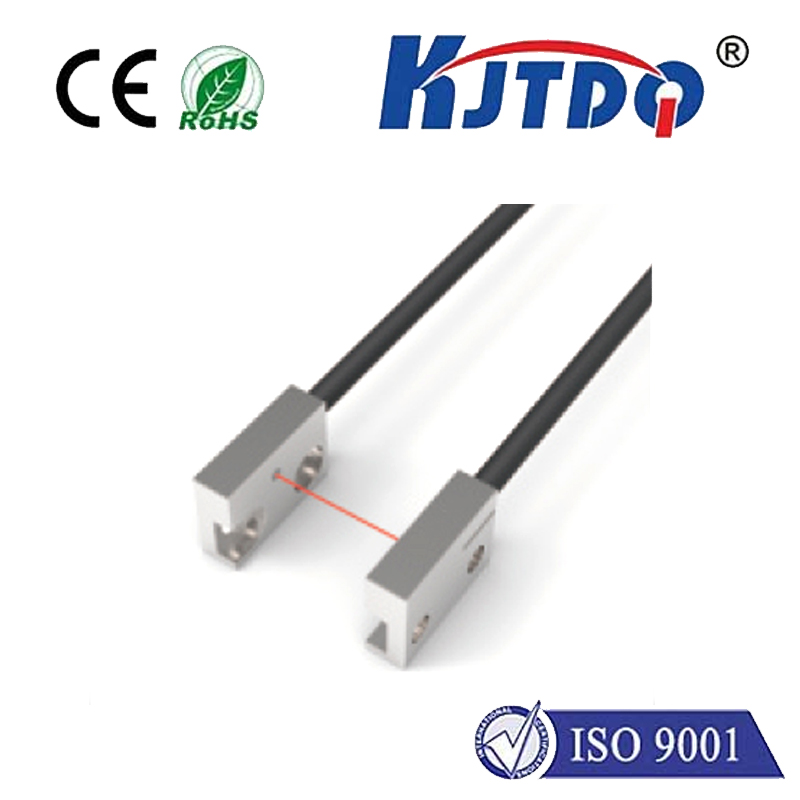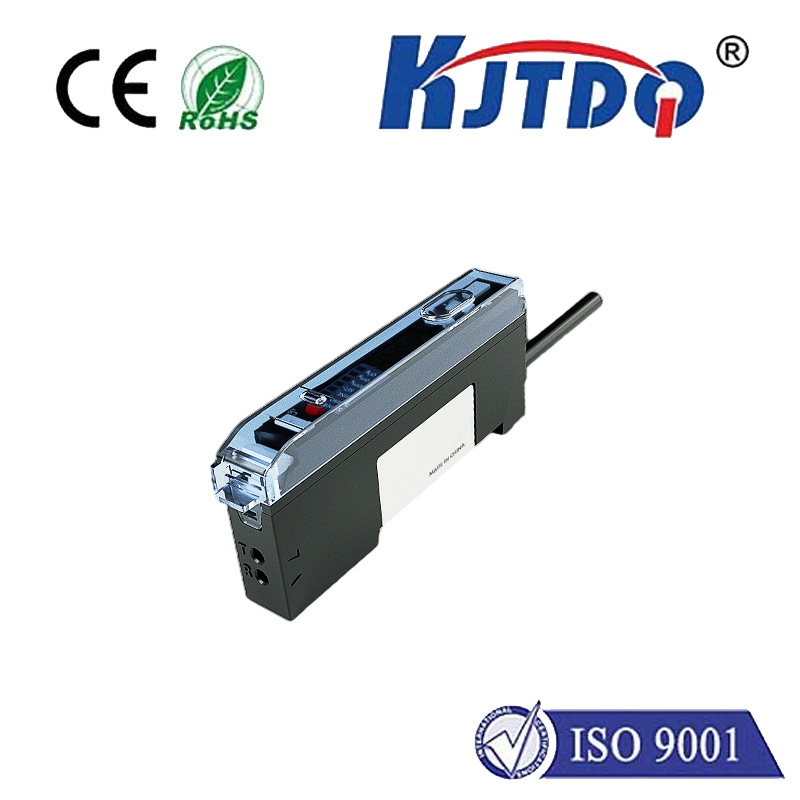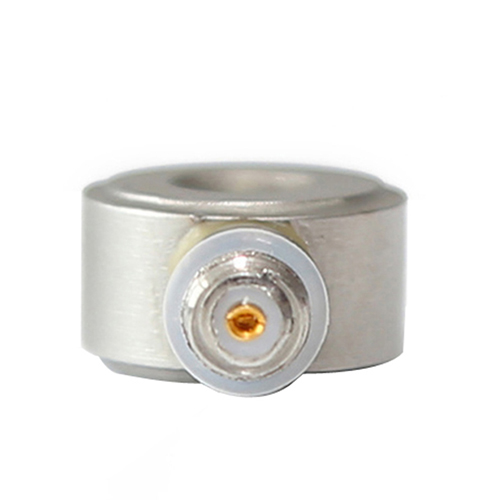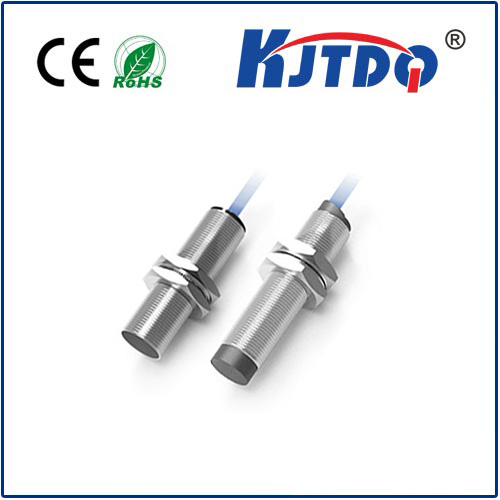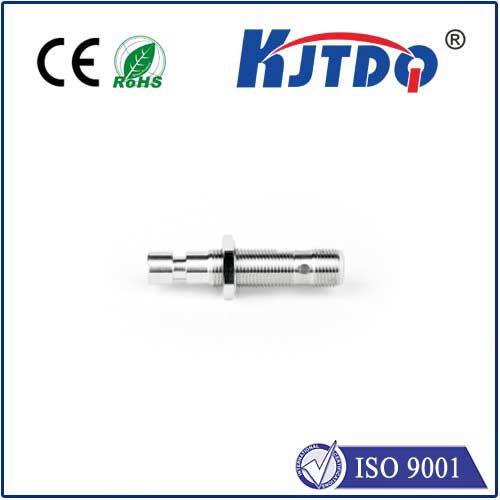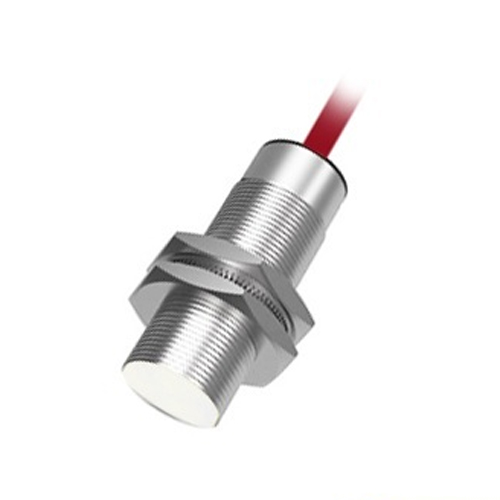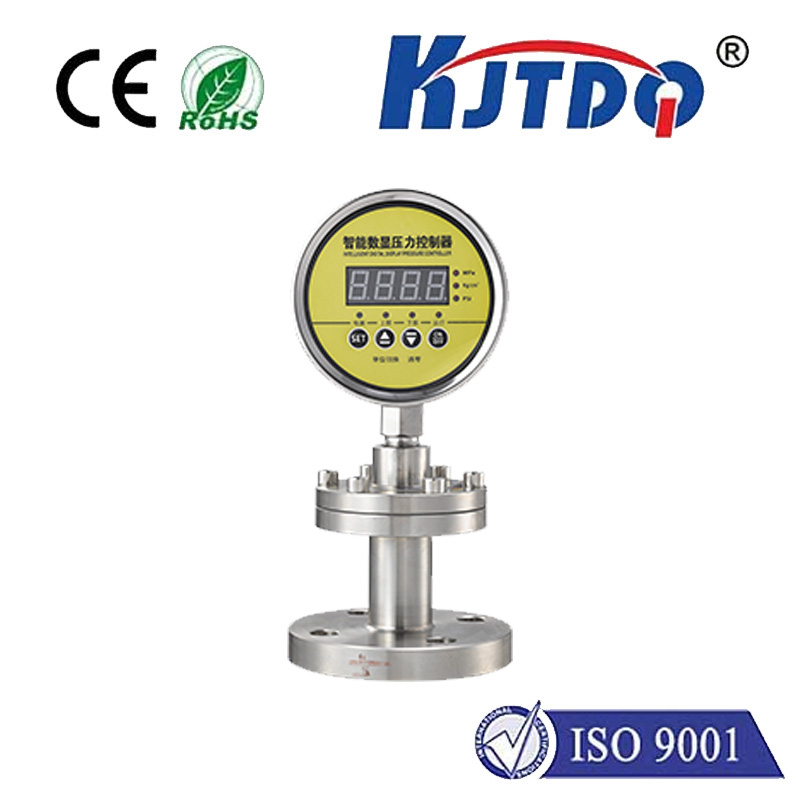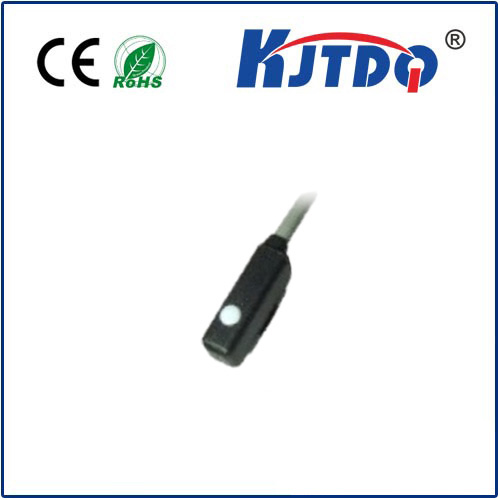BES03HC proximity sensor
- time:2025-10-14 04:31:58
- Click:0
BES03HC Proximity Sensor: Powering Precision in Industrial Automation
In the rhythmic pulse of modern factories and automated systems, unseen sentinels play a critical role. They detect presence, absence, position, and speed without physical contact, ensuring processes run smoothly, safely, and efficiently. Among these vital components, inductive proximity sensors stand as workhorses, and the BES03HC Proximity Sensor exemplifies the robustness and reliability demanded by harsh industrial environments. This seemingly simple device is a cornerstone in countless applications, silent but indispensable. Understanding its capabilities unlocks the potential for smarter, more resilient automation.
The Core Principle: Sensing Metal Without Touch
At its heart, the BES03HC operates on a fundamental principle: electromagnetic induction. Inside its typically robust housing (often a compact, industry-standard M18 form factor), a coil generates a high-frequency oscillating electromagnetic field. When a ferrous or non-ferrous metal target (depending on the sensor’s specific design) enters this field, eddy currents are induced on the target’s surface. These currents absorb energy from the sensor’s oscillator, causing a measurable change – a reduction in the oscillation amplitude. Sophisticated internal circuitry detects this change and triggers a solid-state switch (PNP or NPN transistor output), sending a clear “target present” signal. This non-contact detection eliminates wear and tear, enabling millions of reliable operations.
Why the BES03HC Stands Out: Key Features for Tough Jobs

The designation “BES03HC” often points towards a specific family of inductive sensors known for ruggedness, typically manufactured by leading industrial automation suppliers. Key characteristics that define its value proposition include:
- Robust Construction: Built to endure. Expect features like stainless steel sensing face, high-grade plastic or metal housings, and exceptional resistance to impacts, vibrations, and cutting fluids/coolants common in machining.
- High Protection Rating (IP67/IP68/IP69K): Impervious to dust ingress and capable of withstanding temporary or prolonged immersion in water (depth and duration depend on the specific rating). This makes the BES03HC sensor ideal for washdown environments like food processing or outdoor machinery exposed to rain.
- Extended Operating Temperature Range: Engineered to perform reliably not just at room temperature, but in the intense heat near furnaces or the freezing cold of cold storage facilities (-25°C to +70°C or even wider ranges are common).
- Enhanced Switching Distance: The “03” often correlates with a standard sensing range, typically around 2mm for an M18 sensor with a ferrous target. This optimized range provides sufficient detection capability while minimizing accidental triggering.
- Reliable Electrical Performance: Features like short-circuit and reverse polarity protection, alongside high immunity to electromagnetic interference (EMI), ensure stable operation even in electrically noisy industrial settings. High switching frequency allows detection of fast-moving targets on conveyor lines.
- Versatile Output Options: Available in PNP (sourcing) or NPN (sinking) configurations, and often with Normally Open (NO) or Normally Closed (NC) switching logic, providing flexibility to interface seamlessly with different controllers (PLCs) and input modules.
- LED Status Indication: A vital feature for commissioning and troubleshooting, providing immediate visual confirmation of power status and target detection.
Where the BES03HC Excels: Real-World Applications
The combination of durability, reliability, and non-contact sensing makes the BES03HC inductive sensor indispensable across countless sectors:
- Machine Tooling: Detecting tool presence/absence in tool changers, monitoring workpiece positioning on CNC lathes/mills, end-of-travel limit switching. Its resistance to coolant is crucial here.
- Material Handling & Packaging: Monitoring product flow on conveyors, detecting pallet presence, verifying cap placement on bottles, counting items.
- Automotive Manufacturing: Position sensing of robots, detecting parts on assembly lines (engine blocks, doors), verifying cylinder position, end-of-arm tooling confirmation.
- Food and Beverage Processing: Sanitary environment compatibility (often requiring specific models/housings) for detecting cans/bottles, monitoring fill levels (indirectly via position), presence detection on conveyor belts. IP69K-rated versions handle high-pressure cleaning.
- Robotics: Providing precise position feedback for grippers, verifying object pickup/drop-off, safety interlocks.
- General Factory Automation: Detecting the position of cylinders (piston detection), monitoring motor shaft rotation (speed sensing via target teeth), guarding access points.
Benefits Over Other Sensing Technologies
While photoelectric, capacitive, or ultrasonic sensors have their place, the BES03HC proximity sensor offers distinct advantages:
- Exceptional Durability: Superior resistance to physical shock, dirt, and liquids compared to many optical sensors.
- Insensitivity to Contaminants: Unlike optical sensors, it isn’t fooled by dust, smoke, oil mist, or target surface color/reflectivity. It only cares about metal proximity.
- Simple Installation and Setup: Typically requires no complex alignment or calibration; mounting distance based on the specified sensing range is usually sufficient.
- Cost-Effectiveness: For metal detection in harsh conditions, inductive sensors like the BES03HC often provide the most reliable solution at a competitive price point.
Selecting and Integrating the Right Sensor
When choosing an inductive proximity sensor, including a BES03HC model, consider:
- Target Material: Ferrous steel is easiest to detect with the longest range. Non-ferrous metals (aluminum, brass, copper) require sensors specifically designed or tuned for them, often resulting in a shorter sensing range. The BES03HC family often includes variants optimized for different targets.
- Required Sensing Distance: Ensure the sensor’s nominal range exceeds your application’s actual required gap by a safety margin. Do not operate it at its absolute maximum limit.
- Mounting Constraints: The compact M18 size is popular, but ensure physical fit. Consider shielded (flush mountable) vs. unshielded (longer range but requires side clearance) types.
- Electrical Requirements: Match the voltage (commonly 10-30V DC) and output type (PNP/NPN, NO/NC) to your control system. Ensure adequate current rating for the load.
- Environmental Demands: Confirm the IP rating meets the specific environmental challenges (water jets, oils,







